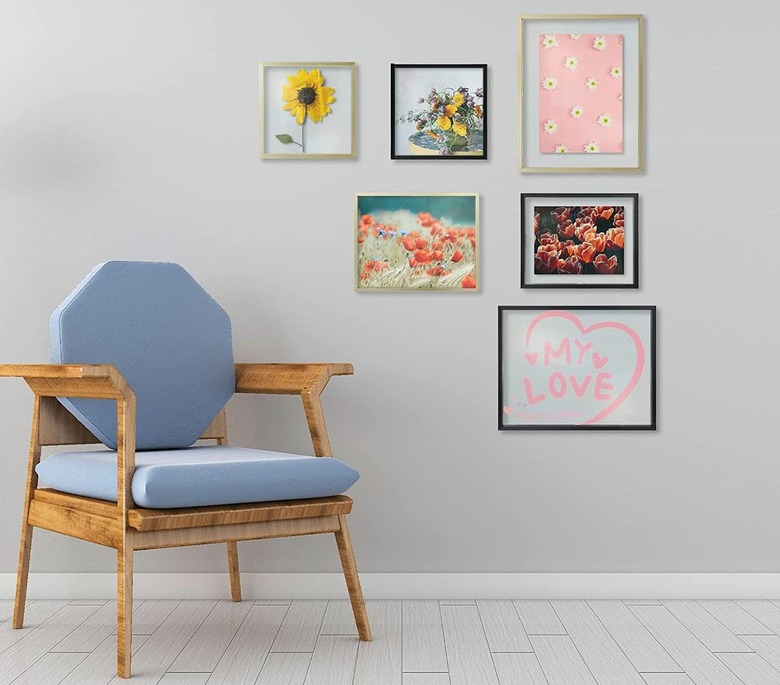How To Use A Floating Picture Frame
We may receive a commission on purchases made from links.
Imagine a regular picture frame with a picture inside: A picture or photograph is pressed between a backing board and glass, and sometimes, an extra piece of thin card is also inserted between the board and glass to sit around the picture. A floating frame is different. Floating frames don't have that backing board; instead, they have two panes of glass between which the picture sits. They're named floating frames because it does look as though the picture is floating within its frame. They're elegant and minimalist, and they can be used to frame all kinds of photos and art. Here's how.
Choosing a Picture Frame
Choosing a Picture Frame
Choose a frame that is the right size for your picture. While frames tend to come in a range of standard sizes, pictures don't necessarily come in standard sizes. Think about how much free space you want to leave between the edges of the picture and the sides of the frame. You'll want to leave at least an inch around each edge of the picture but probably more to give the impression that the picture is floating. If the size of the picture exactly matches the size of your frame, you won't get the desired floating look.
How to Insert the Picture Into the Frame
How to Insert the Picture Into the Frame
Like regular frames, floating frames generally come with latches or tabs at the back that you move or lift to take off the back of the frame. The back of a floating frame is transparent glass or plastic rather than a board.
Remove the back and place your picture inside, making sure to place it straight and not crooked. If you're not confident doing this visually, use a ruler to measure the distance between the edge of the picture and the edge of the frame and make sure these are even on all four sides. Replace the back of the frame and secure it with the latches or tabs.
Choosing a Location for the Frame
Choosing a Location for the Frame
Unlike a regular picture frame, the wall behind the picture will be visible through the glass of the floating frame. It's important to hang your frame in a location where the wall is in good condition. If there are holes or marks in the paint or wallpaper behind the frame, these may be visible through the glass of the floating frame, and this could spoil the look of your hung artwork. Take extra care when choosing a location to hang your floating frame and when hammering a picture hook (or sticking an adhesive hook) to the wall. You don't want the picture hook to be visible behind the glass either.
